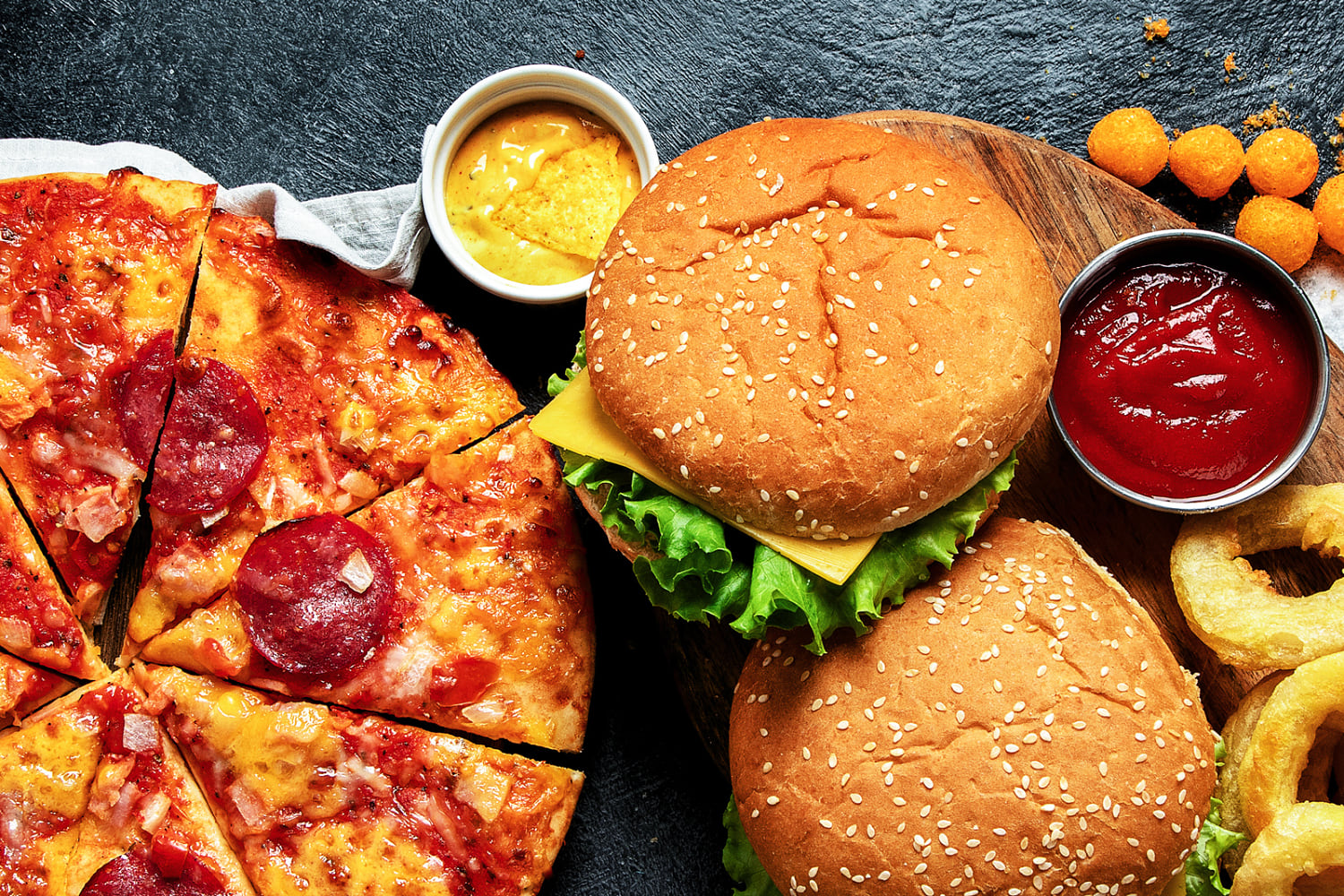Most Kids' Diets Consist of Ultra-Processed Foods, CDC Reports

The Rise of Ultra-Processed Foods in American Diets
Ultra-processed foods have become a significant part of the American diet, particularly for children and teenagers. According to a recent report by the Centers for Disease Control and Prevention (CDC), approximately 62% of daily calories consumed by kids and teens come from ultra-processed foods, compared to 53% for adults. This data highlights a growing concern about the impact of these foods on public health.
The CDC's report marks the first time the agency has provided detailed estimates on the proportion of ultra-processed foods in the American diet. Health and Human Services Secretary Robert F. Kennedy Jr. has previously identified ultra-processed foods as one of the key issues that need to be addressed to combat an epidemic of childhood chronic diseases. In May, the Department of Health and Human Services took a step toward formally defining "ultra-processed foods," which could lead to potential regulations, including eligibility criteria for food assistance programs.
Diets high in ultra-processed foods have been linked to various health problems, such as depression, Type 2 diabetes, and early death. Previous administrations have attempted to address this issue through labeling and focusing on individual ingredients like added sugars and trans fats. However, these efforts have not targeted the level of processing itself.
In January, during the Biden administration, the Food and Drug Administration proposed new front-of-package labels to alert consumers about the levels of saturated fat, salt, and added sugar in packaged foods. This initiative aims to provide clearer information to help consumers make healthier choices.
The report was based on data collected from the National Health and Nutrition Examination Survey between August 2021 and August 2023. Anne Williams, the lead author of the report, explained that the CDC used the NOVA classification system to identify ultra-processed foods. Developed by Brazilian researchers, this framework categorizes ultra-processed products as "industrial creations" made with minimal or no whole foods.
Sandwiches, such as burgers, hot dogs, and peanut butter and jelly sandwiches, were found to be the top source of ultra-processed foods for both children and adults. Baked goods, salty snacks, and sugary drinks followed closely behind. Interestingly, the report also noted that adults with higher incomes tended to consume fewer ultra-processed foods.
The data revealed a slight decline in the consumption of ultra-processed foods from 2017–18 to August 2021–23. For adults, this decline began even earlier, dating back to 2013–14. However, Williams cautioned that the reduction has been minimal, with only a 56-calorie difference over roughly a decade.
Marion Nestle, a professor emerita at New York University, stated that the CDC’s findings align with research conducted by outside experts on American eating habits. She pointed out that parents often choose ultra-processed foods for their children due to convenience. However, she emphasized that the primary reason children consume so many ultra-processed foods is due to aggressive marketing by the food industry.
"They’re the most profitable products in the supermarket, and the companies sell them, they market them directly to kids," Nestle said. "They’re seen as cool and are iconic, and you’re lucky to eat them because that’s how they’re marketed."
The term "ultra-processed food" was coined around 2009 and has primarily been used for research purposes. Susan Mayne, who served as director of the FDA’s Center for Food Safety and Applied Nutrition during the Biden and Trump administrations, noted that while research shows a link between ultra-processed foods and increased caloric intake, weight gain, and chronic disease risk, not all ultra-processed foods are harmful. Some, like certain yogurts, whole grain breads, and cereals, are associated with reduced risks of chronic diseases like colon cancer.
Mayne also highlighted the limitations of the NOVA classification system, which uses additives and specific ingredients as a proxy for processing rather than directly measuring it. She emphasized the importance of conducting further studies to ensure that any new definition of ultra-processed foods is as effective as existing ones before implementing policies.
Although the Department of Health and Human Services has not yet announced when it plans to formally define "ultra-processed foods," there is hope that future administrations will continue to address the issue, especially regarding marketing practices. Nestle expressed her desire for the Trump administration to target the marketing of these products, stating that children are trained to consume them due to their convenience and appeal.
Post a Comment for "Most Kids' Diets Consist of Ultra-Processed Foods, CDC Reports"
Post a Comment